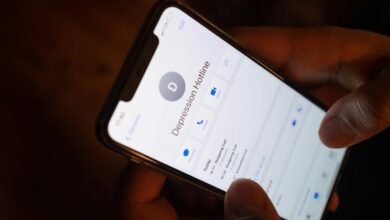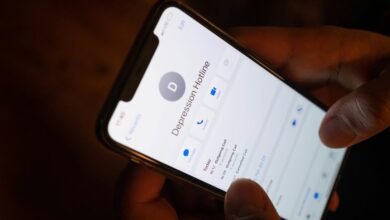Called by Scam? Verify Now! 5092436984, 5092558502, 5092578288, 5092660829, 5092697831, and 5093204369

Phone scams pose significant risks to individuals, particularly when it comes to sharing personal information. Recent reports highlight several numbers, including 5092436984 and 5092558502, which may be linked to fraudulent activity. Understanding the origins of these calls is essential. Analyzing each number can reveal patterns and potential threats. As the landscape of scams evolves, protective measures become increasingly important. What steps can one take to safeguard against these persistent intrusions?
Understanding the Risks of Phone Scams
How can individuals effectively safeguard themselves against the growing prevalence of phone scams?
By enhancing scam awareness, they can recognize the tactics employed in telephone fraud. Understanding the psychological manipulation often used by scammers can empower individuals to question unsolicited calls, verify identities, and avoid divulging personal information.
Staying informed about common scams enables proactive measures, fostering a culture of vigilance and personal security.
Analyzing Each Number: What You Need to Know
What factors contribute to the legitimacy of a phone number? Analyzing number origins reveals valuable insights into potential scams.
Common patterns, such as area codes linked to specific regions, can indicate whether a call is local or suspicious.
Additionally, researching the frequency of reported scams associated with these numbers can aid in determining their authenticity, empowering individuals to make informed decisions.
Tips for Protecting Yourself From Scammers
Although scammers continually evolve their tactics, individuals can implement specific strategies to safeguard themselves against fraudulent calls.
Prioritizing scam prevention involves not sharing personal information over the phone and verifying caller identities through trusted sources.
Additionally, employing call-blocking features and regularly monitoring financial accounts can mitigate risks associated with identity theft, empowering individuals to maintain control over their personal information and enhance their security.
Conclusion
In conclusion, recognizing the pattern of phone scams is essential for personal security. By scrutinizing each suspicious number, individuals can discern legitimacy from deception. Employing protective measures, such as verifying identities and utilizing call-blocking features, empowers users to defend against potential threats. Vigilance, awareness, and informed decision-making are crucial in navigating the landscape of unsolicited calls. Ultimately, staying informed and cautious fosters a safer communication environment, allowing individuals to engage without fear of falling victim to fraud.





